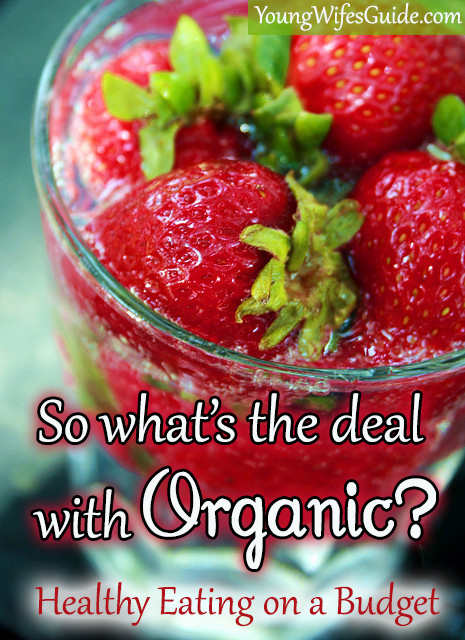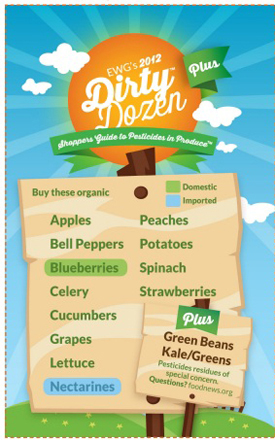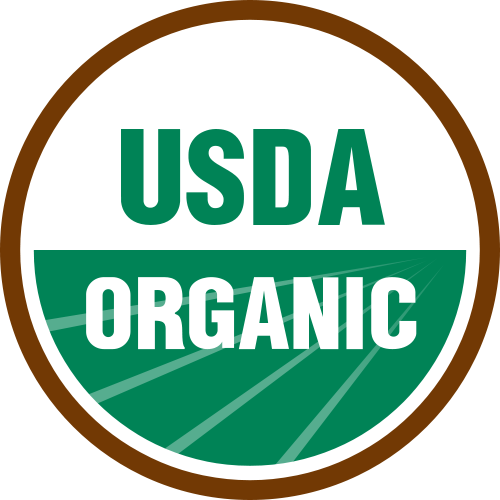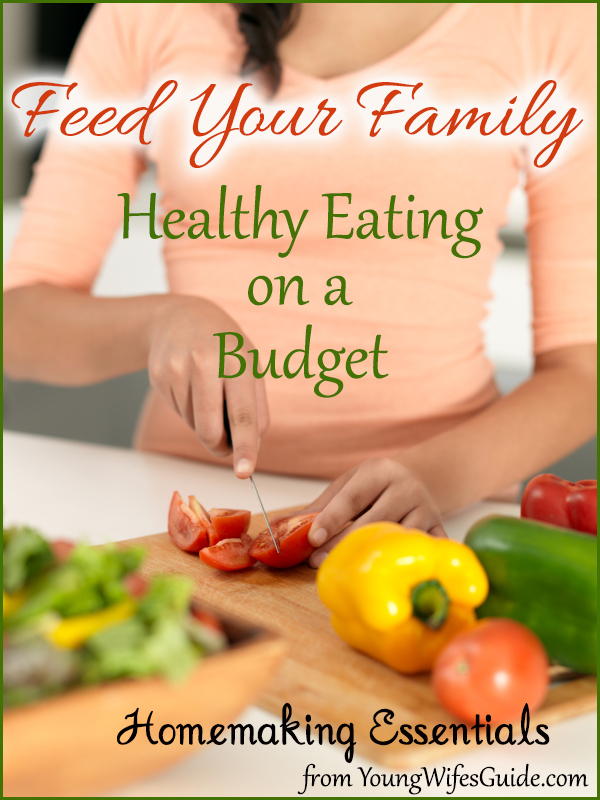So What’s the Deal with Organic?
When “organic” started becoming popular a few years ago, I did not jump on the bandwagon. I thought that the only reason people bought organic was to “help” the environment and that it was a gimmicky fad.
Let’s just say I wasn’t {and am still not} an Al Gore fan. I’ll leave it at that. But as I started looking into eating healthy and discovering what a real, whole foods diet was, I began to see that our food choices really do matter for our health.

What Does Organic mean?
The term “organic” can mean many different things and overall I don’t buy things just because they are organic. But when the term is applied to produce, things are a little more straight forward.
Organic foods are foods that are produced using methods of organic farming — that do not involve modern synthetic inputs such as synthetic pesticides and chemical fertilizers. Organic foods are also not processed using irradiation, industrial solvents, or chemical food additives. -1
Big farms today use all kinds of chemicals and additives on their produce. Often produce is picked well before it’s ripe and shipped hundreds or thousands of miles before it lands in your local grocery store. Produce such as tomatoes are given additives to make them look plump, red, and bright, but at the cost of flavor, health, and nutrition.
Organic produce is regulated by the government. Standards are set in order for a farm to be able to use the term organic. However, these guidelines differ from country to country so even if your produce is organic, you should know where it’s coming from.
Identifying Organic Produce
It is becoming easier and easier to find organic produce. A few years ago you would have to go to a health food store to find organic produce, but now virtually every major food chain carries organic produce and it’s easier to find whole foods in regular grocery stores.
For the United States the USDA is responsible for regulating and enforcing organic standards. You should look for this seal to verify that it’s certified USDA organic:
Buying Organic Groceries
I wish that we had the budget to buy all our food local and organic, but we simply can’t at this time. As I learn how to better manage our grocery budget and find local sources of good food, I hope to be able to buy more organic but for now I have to be picky. So how do you choose what you should buy organic and and what’s okay to buy conventionally?
The Dirty Dozen: I’m sure you have heard this term before. The dirty dozen refers to produce that contains high levels of pesticides. These fruits and vegetables have thin skins so even washing them before eating doesn’t get rid of the chemicals and pesticides that have seeped into the produce.
The produce on the dirty dozen list is what you should be trying to buy organic every time. So if your budget doesn’t allow for buying all produce organic, then at least shoot for buying the produce off the dirty dozen list organically. Here is a list of the dirty dozen. You can save this picture to your smart phone for when you are out shopping or print it out and take it with you!

The Clean Fifteen: These are the 15 safest produce to eat non-organically. They have the thickest skin so with a simple wash you can get rid of most of the chemicals and pesticides. When you are running low on your grocery budget, these are the types of foods that you can buy non-organic.
You can reduce your intake of pesticides by 80% just by eating produce off the clean fifteen non-organically and only eating foods on the dirty dozen organically! -2

Local Produce
The next step in learning where and how to buy good produce is buying locally. I did not understand the purpose of buying locally until recently. Come back tomorrow to learn more!
Further Study:
- Natural Foods: What Does Organic Mean? by Modern Alternative Mama
- Organic Food on a Budget by Keeper of the Home
- What is a Whole or Real Foods Diet? by Young Wife’s Guide
- Say No to GMO’s by Modern Alternative Mama
This post is part of my Feed Your Family ~ Eating Healthy on a Budget series. Catch up on all the posts in this series:
- Introduction {What we will cover}
- So What’s the Deal with Organic?
- Stay tuned for more!


